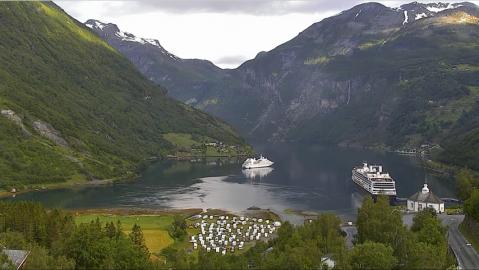The Convent at Tomar is a wonderful and formidable monument of inestimable prestige and value that is recognised worldwide as the CONVENT OF CHRIST. In addition to generating important revenue, it can also be a great driving force behind regional and national development while at the same time serving as a unifier of the national identity.
The Convent has been a mythical place since the foundation of the castle of the Knights Templar by Gualdim Pais, remaining in the imaginary as the home of said knights. It is also mythical because, in the palace quarters, the Infante Henry the Navigator developed his strategy for the Portuguese discovery expeditions. It was also here that King Manuel I left the marks of his imperial outlook on the world, before João III imposed his vision of spiritual retreat and clausure. This was also the site chosen by Philip II of Spain to symbolically mark his coming to power in Portugal and it was also here that some of the tragedies of the 18th and 19th centuries played out against the background of the Napoleonic invasions and the Liberal Revolution.
This rich history has, however, not prevented long periods of neglect, particularly up to the mid-20th century, which have more recently been followed by restoration and conservation works campaigns for the whole architectural complex and its surroundings.
Follow my work on Facebook "Portugal visto do céu" http://www.facebook.com/Portugalvistodoceu
Siga o meu trabalho na página do Facebook "Portugal visto do Céu"
Music: Zero-project
The Convent has been a mythical place since the foundation of the castle of the Knights Templar by Gualdim Pais, remaining in the imaginary as the home of said knights. It is also mythical because, in the palace quarters, the Infante Henry the Navigator developed his strategy for the Portuguese discovery expeditions. It was also here that King Manuel I left the marks of his imperial outlook on the world, before João III imposed his vision of spiritual retreat and clausure. This was also the site chosen by Philip II of Spain to symbolically mark his coming to power in Portugal and it was also here that some of the tragedies of the 18th and 19th centuries played out against the background of the Napoleonic invasions and the Liberal Revolution.
This rich history has, however, not prevented long periods of neglect, particularly up to the mid-20th century, which have more recently been followed by restoration and conservation works campaigns for the whole architectural complex and its surroundings.
Follow my work on Facebook "Portugal visto do céu" http://www.facebook.com/Portugalvistodoceu
Siga o meu trabalho na página do Facebook "Portugal visto do Céu"
Music: Zero-project
- Category
- PORTUGAL
Commenting disabled.








